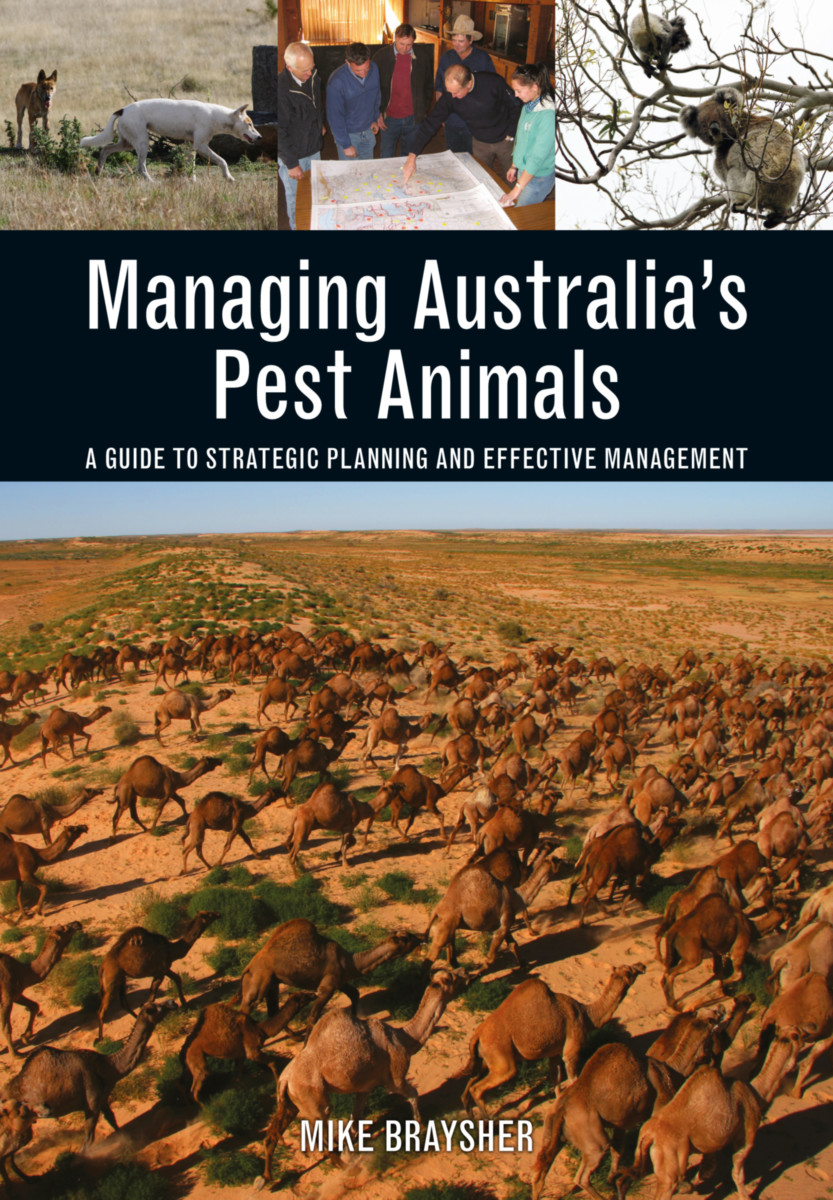EXCELLENCE IN SCIENCE PUBLISHING
Managing Australia's Pest Animals
A Guide to Strategic Planning and Effective Management
- Publisher
CSIRO Publishing - Published
8th August 2017 - ISBN 9781486304431
- Language English
- Pages 208 pp.
- Size 6.625" x 9.625"
- Images photos & illus
Pest animals are just one of many factors that influence the desired outcome from managing natural resource based systems, whether for production or conservation purposes. Other factors include diseases, weeds, financial resources, weather and fire management. To be effective, an integrated and systematic approach is required, and the principles and strategic approach outlined in this book can also be used to plan and manage the damage due to other factors.
Managing Australia’s Pest Animals includes case studies of successful and unsuccessful pest management strategies and covers a range of topics, including the history of pest management, current best practice principles, and guidelines for planning and applying strategic pest management approaches to effectively reduce pest damage. This book is the first clear and comprehensive guide to best practice pest management in Australia and will benefit students and trainers of pest managers, landholders, people involved in natural resource management, and industry and government pest management staff.
Features:
* Accurate and highly credible information, based on the most up-to-date research.
* Revisits and refines the principles that underpin strategic management of the damage due to pest animals.
* Strongly supports the expected knowledge base of the revised VET Conservation and Land Management qualifications for managing pests.
* Structured in a logical format, with extensive links to available resources, a glossary that explains key terms and concepts, and detailed figures that will aid both students and seasoned professionals.
Foreword
Acknowledgements
Preface
Additional resources and reading
1. Fundamentals of vertebrate pest management
2. The principles of pest management
3. The strategic approach
4. Engaging with communities and stakeholders
5. Planning for successful pest management
6. Minimizing risk and uncertainty
7. Experimental management, monitoring and evaluation
8. Implementing pest management
Appendix. Case studies
Definitions and key concepts
References
Mike Braysher
Mike Braysher has extensive experience in wildlife research and management. He served as the wildlife biologist for the ACT Parks and Conservation Service and managed the National Vertebrate Pest Program for the Federal Bureau of Resource Sciences. In 2003, he developed and taught a nationally accredited diploma level course that aimed to give land managers the skills and capacity to develop and implement effective, integrated plans to manage the damage due to pest animals based on current best practice. He now works as a consultant to government and community groups on NRM issues.


